Kegel Exercises for Women: Step-by-Step Guide & Benefits
Want a stronger, healthier pelvic floor? Kegel exercises for women can help—but only if you’re doing them right! This guide breaks down everything you need to know, from simple step-by-step instructions on how to do Kegel exercise to common mistakes to avoid. You’ll also discover the many benefits of Kegel exercises for women and easy ways to make them part of your daily routine.

Table of Contents
Understanding Kegel Exercises for Women
What Are Kegel Exercises?
Kegel exercises for women are simple yet powerful movements designed to strengthen pelvic floor muscles. Named after Dr. Arnold Kegel introduced them in the 1940s, these exercises help support key organs like the bladder, uterus, and bowel. By improving pelvic strength, Kegel exercises for women can enhance bladder control, sexual health, and overall core stability.
Why Are Pelvic Floor Muscles Important?
Think of your pelvic floor muscles as a supportive hammock for your internal organs. When they’re strong, they help prevent issues like urinary incontinence, pelvic organ prolapse, and even discomfort during intimacy. But when they’re weak, these problems can arise. Regularly practising Kegel exercises for women can make a real difference in your daily comfort and confidence.
How Does Kegel Exercise Work?
Kegel exercises for women are all about contracting and relaxing the pelvic floor muscles in a controlled way. Like strengthening any other muscle group, consistent practice builds endurance and control. Over time, this helps improve bladder and bowel function, prevents leaks, and enhances overall pelvic health.
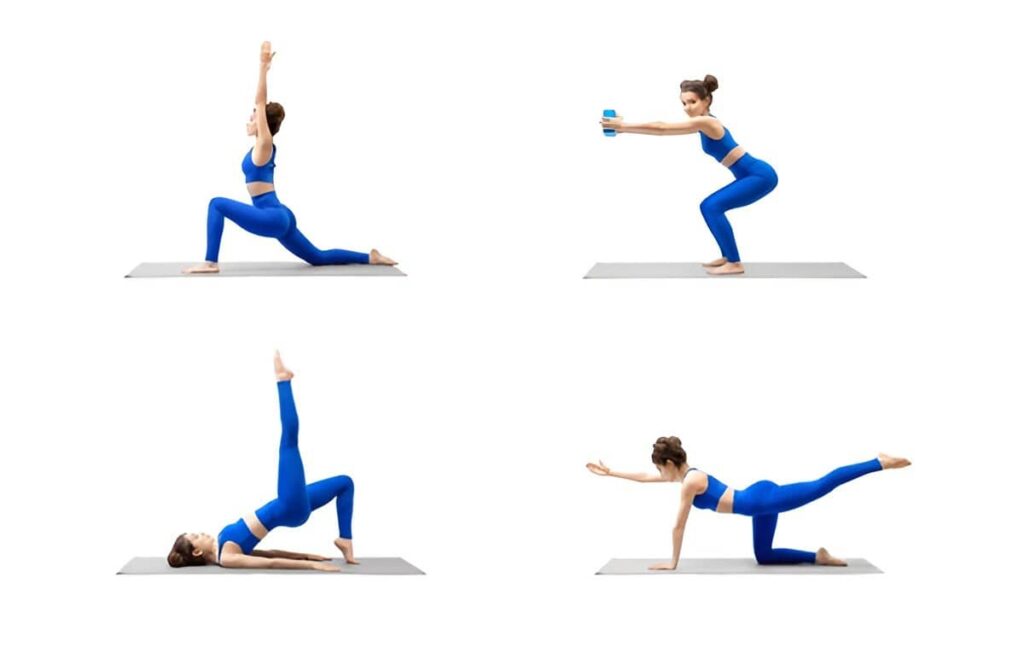
Benefits of Kegel Exercises for Women
The benefits of Kegel exercises for women might be small, but they pack a powerful punch for women’s health. Strengthening your pelvic floor muscles isn’t just about preventing leaks—it’s about improving your overall well-being, from bladder control to better intimacy. Let’s explore the key benefits of Kegel exercises for women in detail.
1. Improved Bladder Control & Prevention of Incontinence
One of the biggest reasons women turn to Kegel exercises for women is to improve bladder control. You’re not alone if you’ve ever experienced a little leak when sneezing, laughing, or exercising. This is called stress incontinence, and it’s incredibly common, especially after childbirth or during menopause.
Regularly practising Kegel exercises for women strengthens the muscles that support the bladder, reducing or even preventing unexpected leaks. These exercises are especially beneficial for women who have given birth, are undergoing hormonal changes, or want to maintain better urinary health as they age.
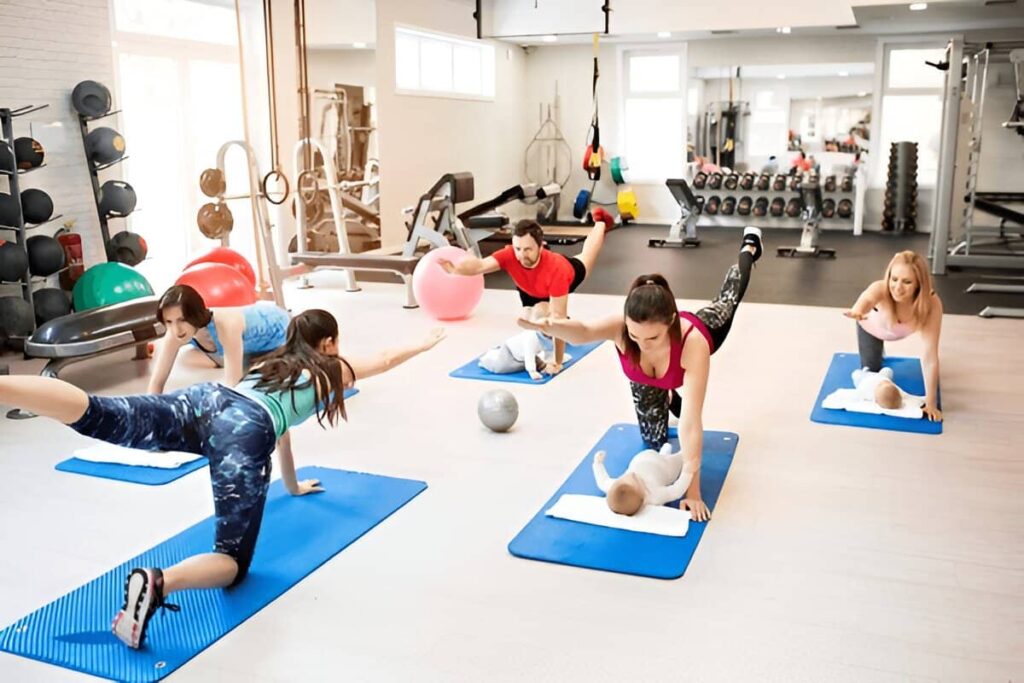
2. Enhanced Sexual Health & Increased Satisfaction
Strong pelvic floor muscles don’t just help with bladder control—they also play a significant role in sexual health. Kegel exercises for women can:
- Improve vaginal tone, leading to increased sensation during intimacy.
- Enhance arousal and orgasmic response.
- Help with vaginal tightness or discomfort after childbirth.
Many women find that after consistently doing Kegel exercises for women, their sexual experiences become more pleasurable. Plus, if you struggle with low libido or difficulty achieving orgasm, strengthening your pelvic floor can be a simple and natural way to enhance your sex life.
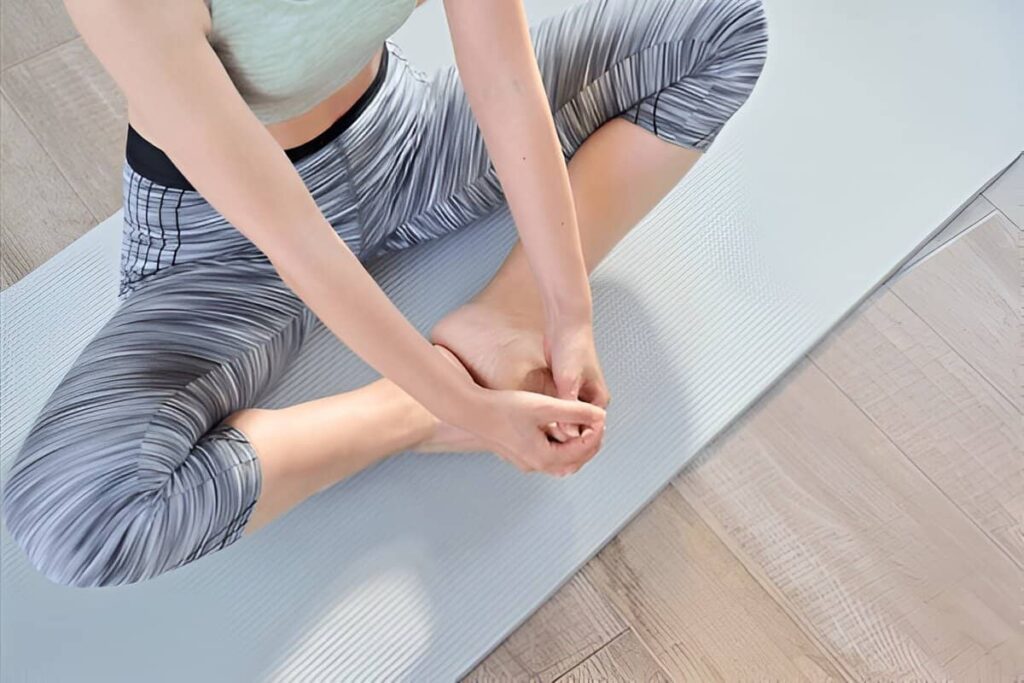
3. Support During Pregnancy & Postpartum Recovery
Pregnancy puts a lot of pressure on your pelvic floor muscles, which can lead to issues like incontinence and discomfort. Doing Kegel exercises for women during pregnancy can:
- Strengthen the muscles that support your growing baby.
- Help with labour by improving muscle control.
- Reduce the risk of postpartum incontinence.
After giving birth, many women experience weakened pelvic muscles due to the strain of delivery. Kegel exercises for women can be a game-changer in postpartum recovery, helping to restore strength, improve bladder control, and promote healing.
4. Long-Term Pelvic Health & Overall Well-Being
Your pelvic floor isn’t just about bladder control and intimacy—it also plays a key role in overall core stability and organ support. Weak pelvic muscles can lead to pelvic organ prolapse, a condition where the bladder, uterus, or rectum shifts downward due to lack of support. This can cause discomfort, pressure, and even difficulty with bowel movements.
By making Kegel exercises for women a part of your routine, you’re taking a proactive approach to long-term pelvic health, reducing the risk of prolapse, and keeping your core strong and stable.
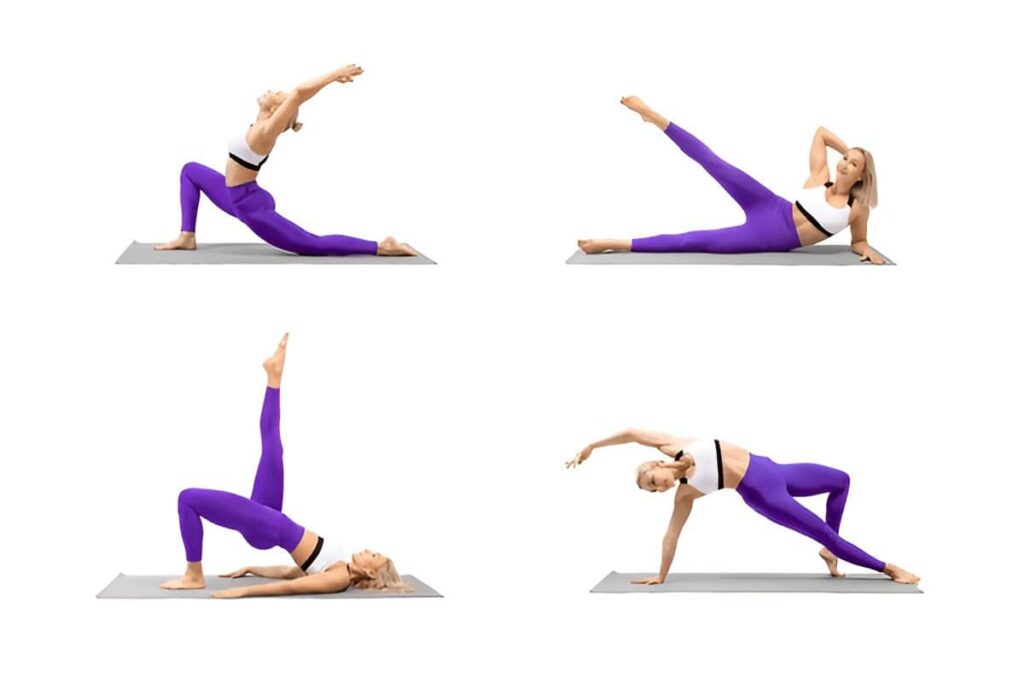
How to Do Kegel Exercise: A Step-by-Step Guide
Kegel exercises for women are simple, but doing them correctly is key to seeing actual results. Whether you want to strengthen your pelvic floor for better bladder control, improved intimacy, or postpartum recovery, proper technique matters. Follow this step-by-step guide on how to do Kegel exercise to ensure you get the most out of your Kegels.
1. Identify Your Pelvic Floor Muscles
- The easiest way to locate your pelvic floor muscles is by trying to stop your urine flow midstream. The muscles you engage are the ones you need to strengthen.
- Another method is to tighten the muscles as if holding gas. The sensation of squeezing and lifting indicates you are using the right muscles.
- Do not regularly stop your urine flow as a form of exercise, as it can cause bladder issues over time. This method should only be used to identify the muscles.
2. Get Into a Comfortable Position
- Sit, stand, or lie down in a relaxed position.
- Keep your thighs, buttocks, and abdominal muscles relaxed.
- Take a few deep breaths before starting to ensure your body is at ease.
3. Perform the Kegel Exercise
- Contract your pelvic floor muscles as if you are stopping urine flow.
- Hold the contraction for three to five seconds. As your strength improves, gradually increase this to 10 seconds.
- Relax the muscles for the same amount of time.
- Repeat the exercise 10 to 15 times per session.
- Breathe naturally and avoid holding your breath.
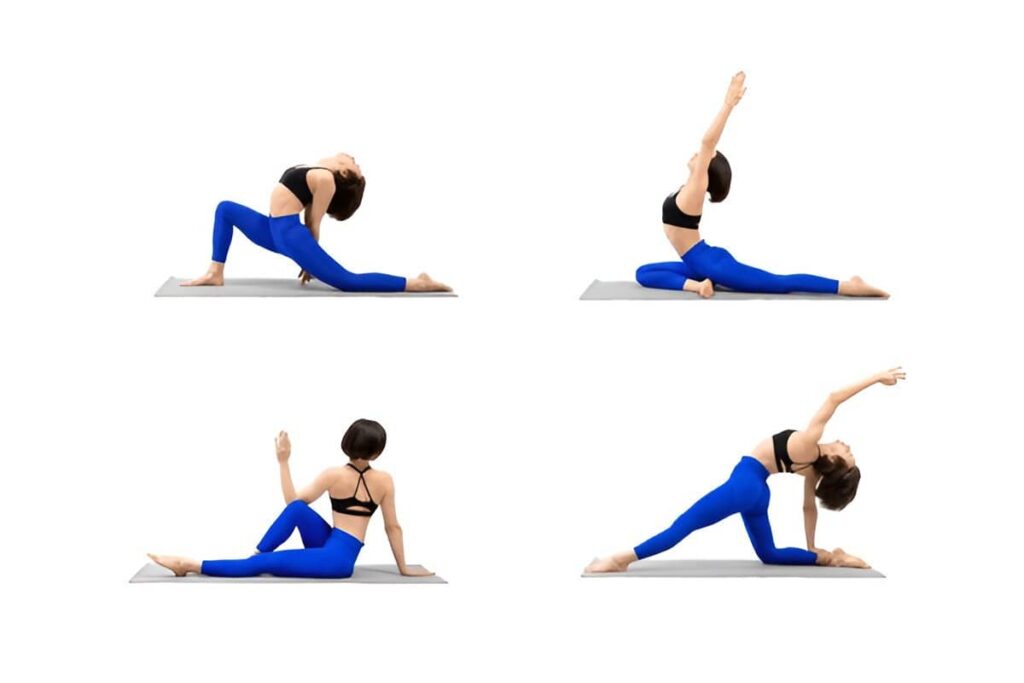
4. Recommended Frequency and Duration
- Perform Kegel exercises for women three to four times a day.
- Start with shorter holds and gradually increase as your muscles strengthen.
- Make these exercises part of your daily routine for the best results.
Tips for Success with Kegel Exercises for Women
- Avoid using other muscles such as your thighs, buttocks, or abdomen. Focus only on the pelvic floor.
- Set reminders for women to practice Kegel exercises regularly, such as watching TV or brushing their teeth.
- Be patient and consistent. It may take a few weeks to notice improvements.
Common Mistakes to Avoid When Doing Kegel Exercises
- Overexertion and incorrect technique: Avoid squeezing your abdominal, thigh, or buttock muscles. Focus solely on the pelvic floor.
- Neglecting to breathe correctly: Remember to breathe normally throughout the exercises; holding your breath can lead to unnecessary tension.
- Focusing on the wrong muscle groups: Ensure you target the pelvic floor muscles, not others.

How to Incorporate Pelvic Floor Exercises Step by Step into Your Daily Routine
Kegel exercises for women are most effective when done consistently, but like any habit, they can be easy to forget. The key is to integrate them into your daily life in a way that feels effortless. Here are some simple strategies to help you stay on track and motivated.
Tips for Making Kegels a Habit
- Set Reminders: Use your phone, smartwatch, or a simple sticky note as a reminder.
- Incorporate Kegels into Everyday Activities: Perform Kegel exercises for women while brushing their teeth, cooking, or commuting.
- Use Apps or Tools to Track Progress: Use apps like “Kegel Trainer” or “Elvie” to monitor consistency.
Overcoming Challenges and Staying Motivated
- Address Barriers to Consistency: If you keep forgetting, attach Kegel exercises for women to an existing habit, such as taking a deep breath before meals.
- Find Support and Guidance: Join online forums or community groups for motivation and tips.
- Celebrate Your Progress: Track small wins, such as fewer leaks, improved control, or better core strength.

Conclusion: The Power of Consistency in Pelvic Health
Kegel exercises for women may be simple, but their impact on women’s health is profound. From improving bladder control to enhancing sexual well-being and aiding postpartum recovery, strengthening your pelvic floor can bring lasting benefits to your daily life.
You’re investing in your long-term well-being by prioritizing pelvic health and incorporating pelvic floor exercises step by step into your routine. Start your Kegel journey today and enjoy the benefits of Kegel exercises for women a more substantial, healthier body.
Read also
11 Game-Changing Secrets for a Healthy Lifestyle!
Easy & Healthy Recipes with Chicken Breast | Quick & Simple




